Called The Edinburgh Museum of Science and Art, an architectural marvel of building, its design is a display of references from Scotland’s history and landscapes. The building was built in the 19th century and opened as the new National Museum of Scotland, only in the year 1998.
Originally called The Edinburgh Museum of Science and Art, an architectural marvel of building, its design is a display of references from Scotland’s history and landscapes. The building was built in the 19th century and opened as the new National Museum of Scotland, only in the year 1998.
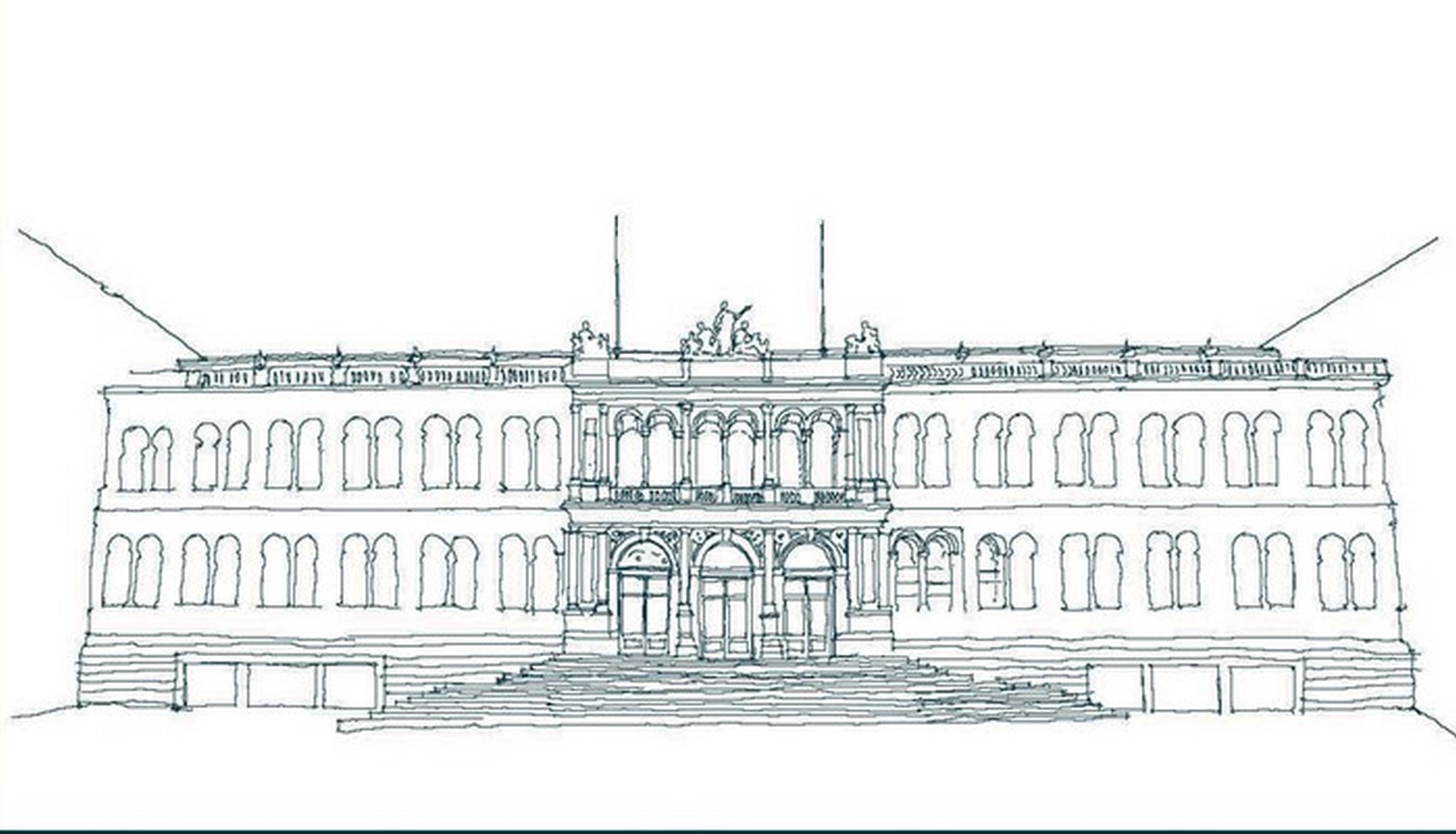
Initially designed by Captain Francis Fowke RE and completed in 1888, the building architecture was influenced by Sir Joseph Paxton’s Crystal Palace. Typical Scottish characteristics could be seen in the form of slender columns of iron, decorated capitals, rounded arches, and curving staircases. These design elements followed the basic principles of design to create a unique sense of symmetry, grace, and elegance. Like the extravagant structures from that time, this traditional building holds a roof made of wood and glass, which soars 78 feet above the floor and extends 265 feet, the full length of the interior.
Giving a new look and life to one of the most delicately designed Victorian buildings in Britain, the redevelopment of the National Museum of Scotland in Edinburgh has seen it step into the modern world. The building amalgamates the local vernacular techniques and design with the contemporary design in its new avatar, which won it the Building of the Year Award in 1999.
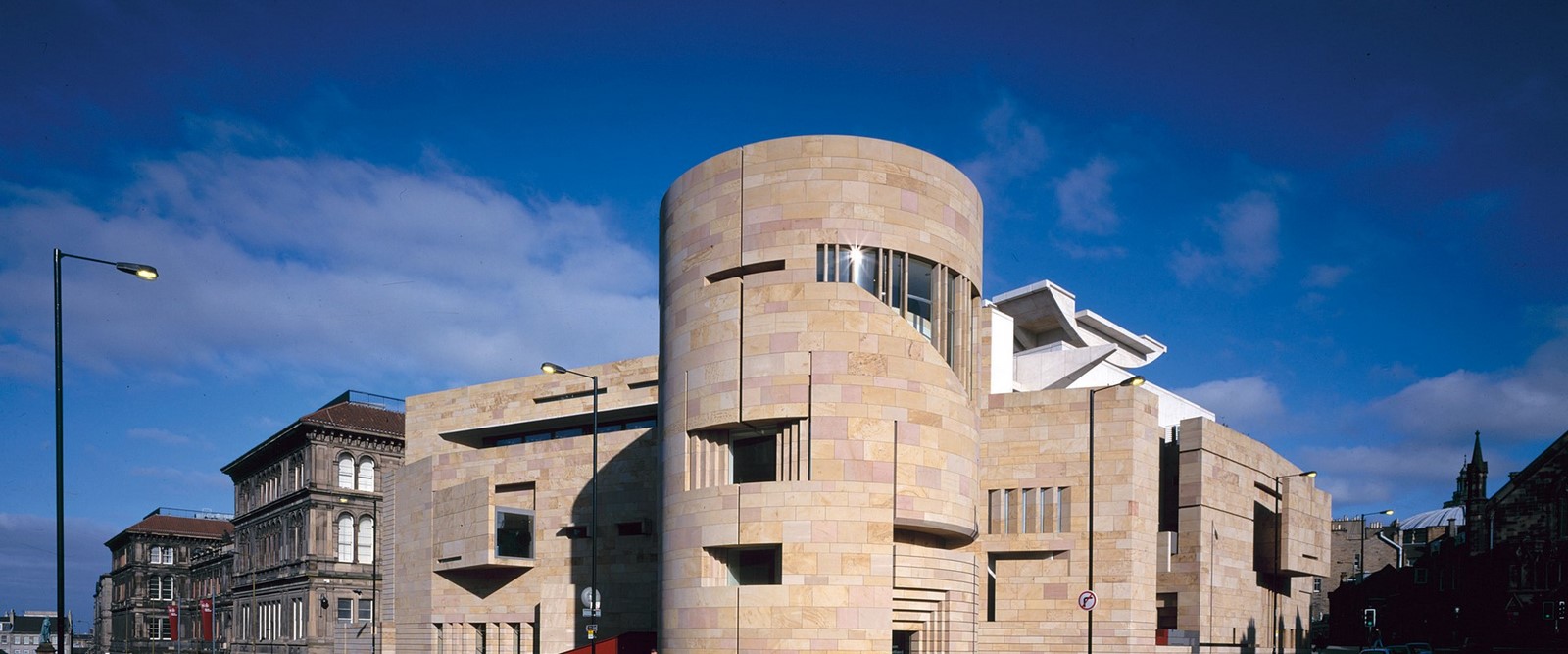
The gap between the old and new buildings has been acknowledged with a glass curtain wall in the design scheme by the architects. The stone wall of the new building begins beyond this with a rusticated stone pilaster that pays homage to the original Victorian building.
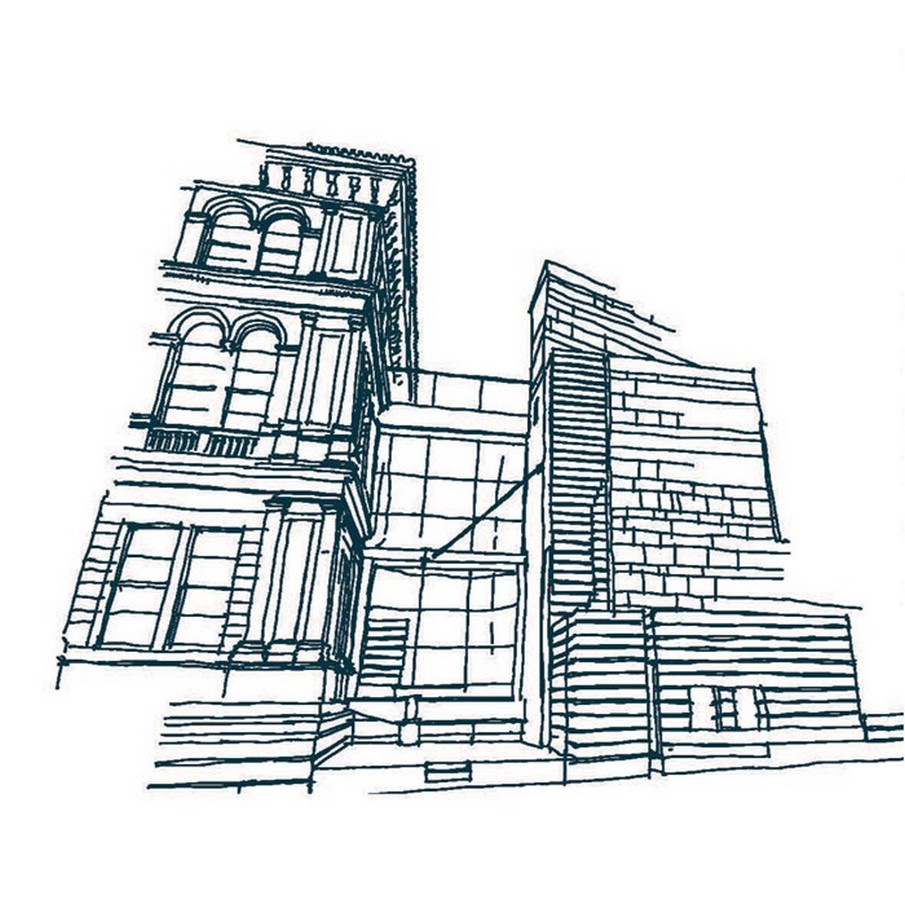
Not just to the architects or the designers, the Museum has proven to woo the daily visitor too with its elegance and princely poise. Says a student in Edinburgh, “Being a Geneticist studying in Scotland, it was almost a given to visit the National Museum in Edinburgh. The artifact of Dolly the sheep has been beautifully preserved here; it was quite interesting to see it and other artwork because of the interactive technology that is incorporated in the museum. This was just the beginning of my journey through the rich history, as I ended up spending 3 hours immersed in all the exhibits within the walls enclosed. Each section had my undivided attention; I’d instantly recommend a visit here if anyone ever finds themselves in Edinburgh. Although the entry is free, the Scottish government has outdone its efforts in maintaining a place as remarkable as this!”
The exhibition design for the museum has been such so that the stationary artifacts and objects in the collection have come to life; “from a spectacular array of open-display taxidermy to contemplative object-rich installations; from an immersive cinematic experience to dramatic objects which act as focal points; and from hands-on interactives to displays of internationally important and unique objects”, as the designers call it.
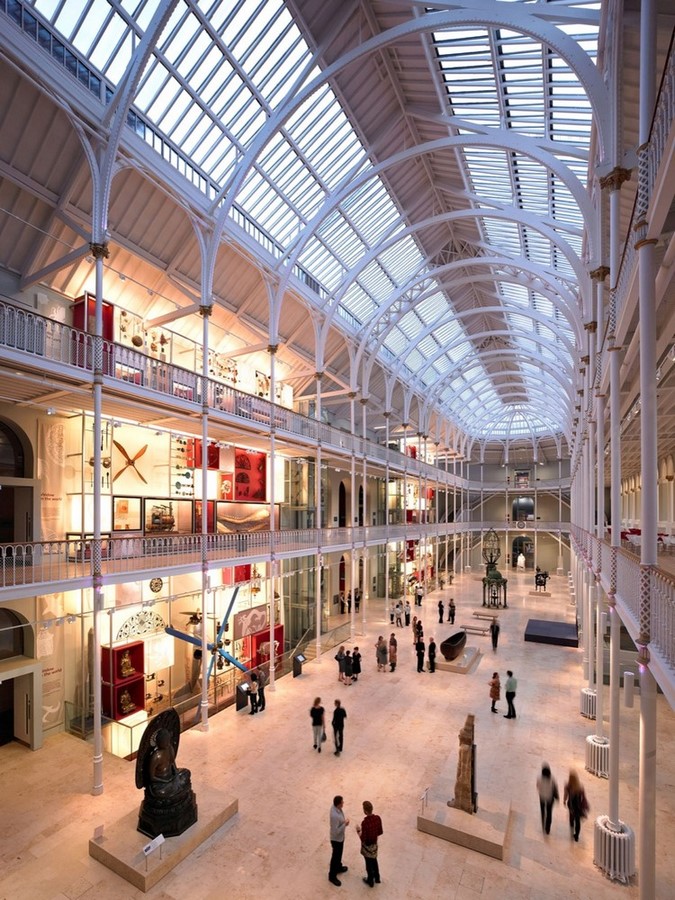
The National Museum of Scotland is housed in magnificent buildings designed by award-winning practice Gareth Hoskins Architects. They have opened up the public space and expanded it keeping the grandeur of the Victorian Grade A listed building by restoring and revitalizing it. The most dramatic part of the renovated museum is the exhibitions, which have been redesigned by international planners Ralph Appelbaum Associates.
In a 15-year masterplan to guide the redevelopment project, the architects phased it out in three parts. Starting with the refurbishment of the Victorian building, introducing new public spaces and entrances made the museum accessible to the surrounding cityscape. The next steps were to increase the footfall in the museum by creating a public entrance hall. They did so by reconfiguring the stone-vaulted cellars by opening them up, connecting it to the central atrium with newly installed lifts and stairs.
The third phase redeveloped 10 galleries across three levels, which are dedicated to decorative art, design, fashion, science, and technology. A new glazed roof to the Science and Technology galleries provides a naturally lit gallery stack, which enhances the connection with the Grand Gallery at the heart of the Museum.
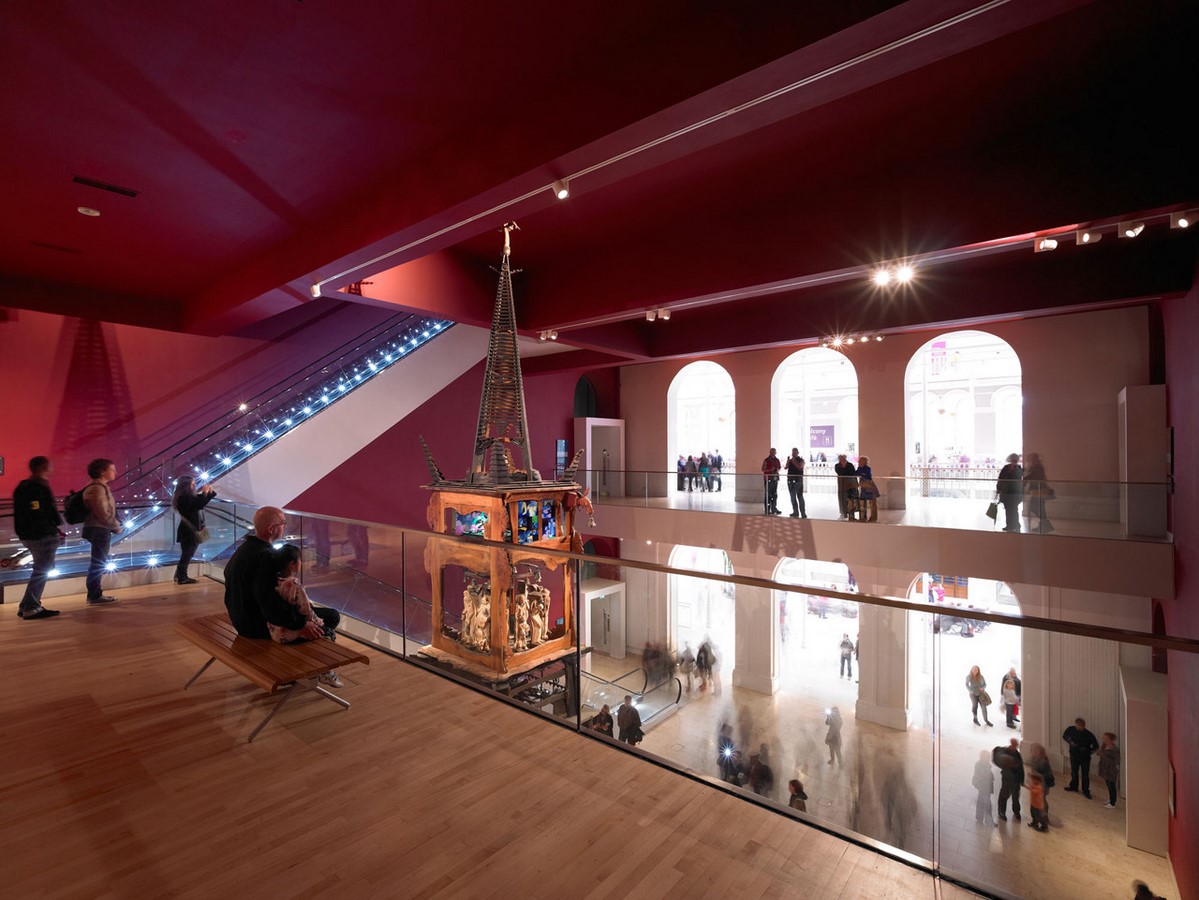
A form that does not follow function but walks hand-in-hand, the museum’s architecture is a narrative reciting the country’s story with the spaces interlinked with yet more spaces. At most points, you can see from one gallery into another, or into the great triangular entrance hall.
The main feature is the circular entrance tower, through which a circular staircase leads to a restaurant, with a terrace overlooking old Edinburgh, located on level 6. The museum’s roof terrace on level 7 has spectacular views of the Castle and all of Edinburgh and surrounding areas.
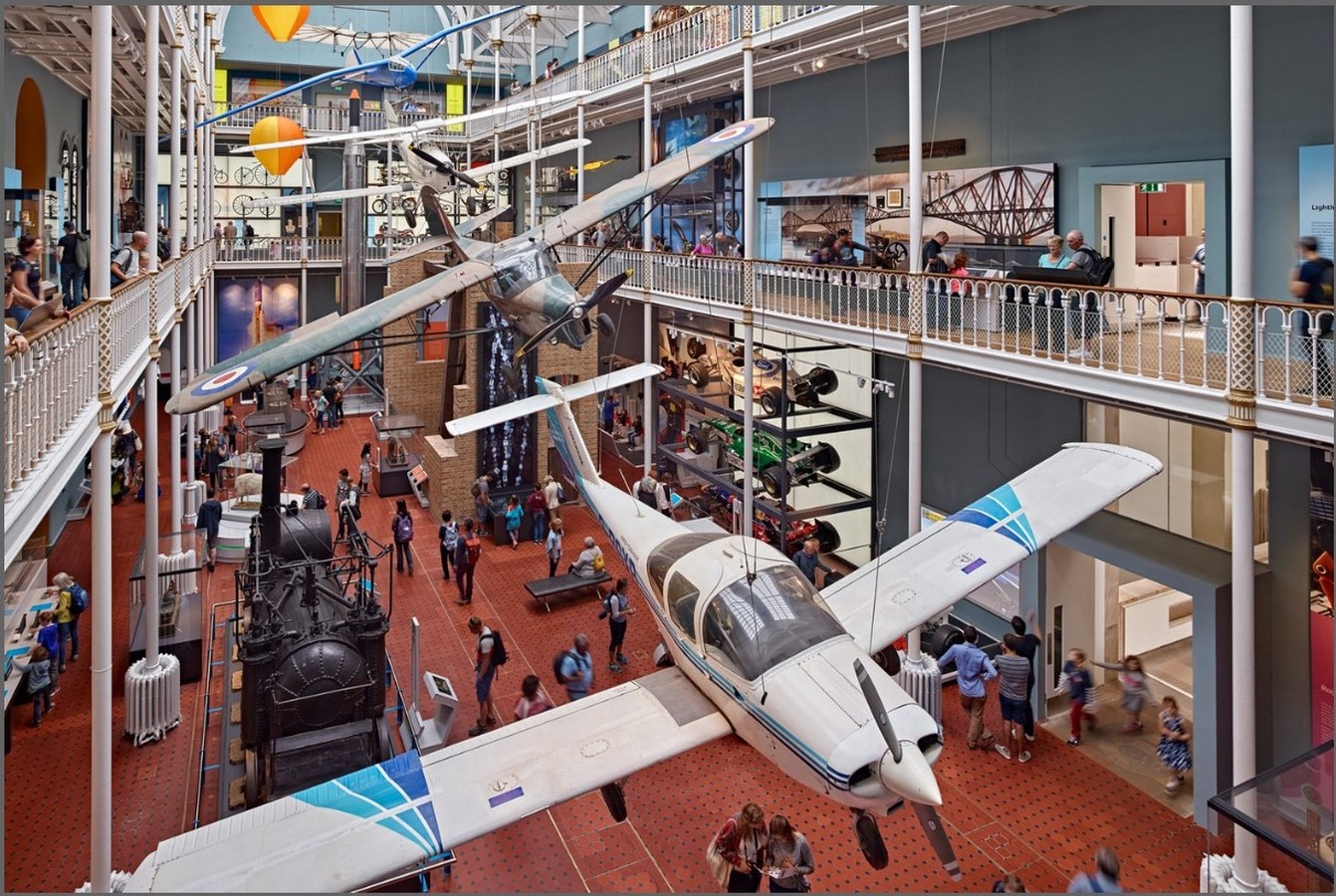
From the Entrance Hall, visitors enter the Grand Gallery which is breath-taking with its light-filled vista. This gallery is restored from its original beautiful ‘birdcage’ structure, with its delicate cast-iron balconies and soaring glass roof. The Grand Gallery has been reinstated as a dramatic focal point of the Museum’s displays, with its impressive feature the ‘Window on the World’.
Spanning the four stories of the majestic Grand Gallery space, this spectacular vertical installation rises over 20 meters and showcases extraordinary objects from across the collections of National Museums Scotland.
Another architectural masterpiece and a focus is the Discoveries gallery which hosts some of the key highlights of the internationally important collections. Opening up long-forgotten archways, this space draws visitors through to the exhibitions and an expanded three-story Learning Centre, which features new studios, event spaces, and an upgraded auditorium. A series of balconies, walkways, and escalators improve visitor circulation and provide dramatic views, both of the architecture and the displays.
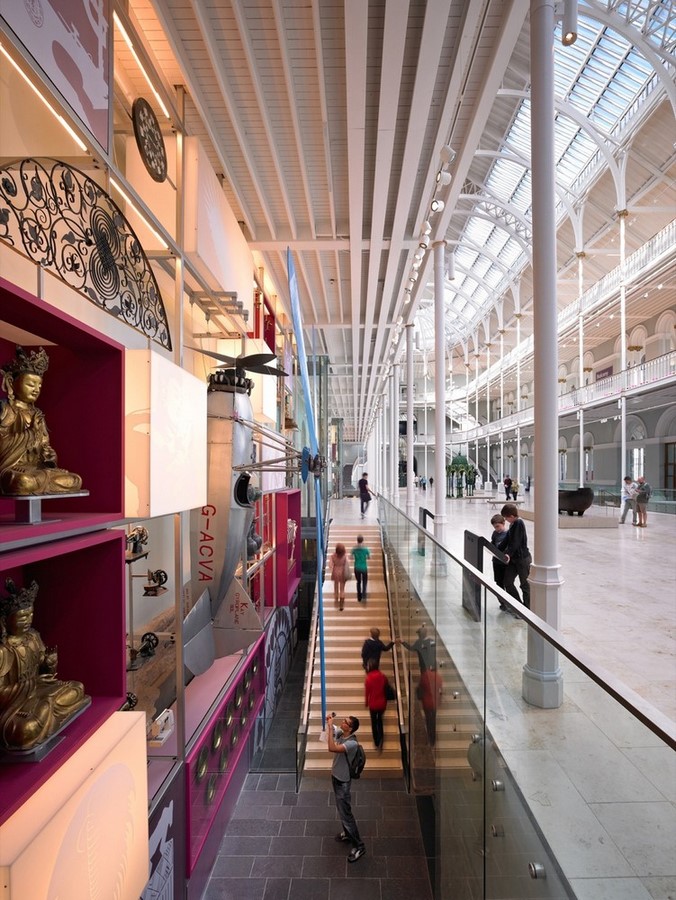
In July 2016, a pedestrian piazza was opened in Chambers Street, which is right across, to mark the 150th anniversary of the founding of the Museum. A statue of the Scottish neoclassical architect William Henry Playfair was commissioned from sculptor Alexander Stoddart and installed opposite the restored statue of William Chambers, the publisher and former Lord Provost of Edinburgh.











